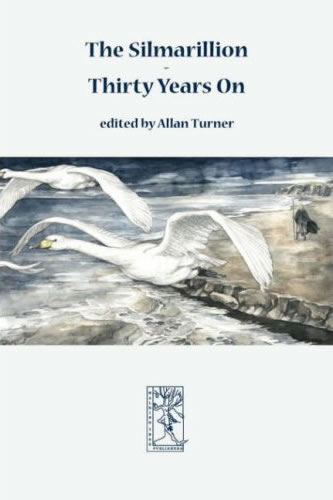The Silmarillion - Thirty Years On published by Walking Three Publishers (Last updated 04.12.07 by Pieter Collier) - Comments
Explore The Silmarillion's Literary Significance with The Silmarillion - Thirty Years On
The subsequent publication of the twelve volumes of The History of Middle-earth (1983-1996) has provided Tolkien scholars with a more detailed and accurate picture of the 'mythological' background to tolkien's narrative works and has thus rendered The Silmarillion almost obsolete for this purpose.
The time has therefore come to take a look at The Silmarillion not so much as a source to be quarried for background information to The Lord of the Rings or the development of Middle-earth, but rather as a work of literature in its own right.
The six articles presented here hope to give a picture of some of the areas of investigation that have established themselves in the 30 years after the publication of The Silmarillion: mythopoeia, theology, the legacy of the ancient North, and the ways in which a text is created.
Thanks to Jason Fisher, one of the contributors, this is the table of contents:
- Allan Turner, Preface
- Rhona Beare, A Mythology for England
- Michael Drout, Reflections on Thirty Years of Reading The Silmarillion
- Anna Slack, Moving Mandos: The Dynamics of Subcreation in ‘Of Beren and Lúthien’
- Michaël Devaux, The Origins of the Ainulindalë: The Present State of Research
- Jason Fisher, From Mythopoeia to Mythography: Tolkien, Lönnrot, and Jerome
- Nils Ivar Agøy, Viewpoints, Audiences, and Lost Texts in The Silmarillion
The contribution of Rhona Beare is a completely re-written version of a section from her now out of print introduction to the Silmarillion; the other have all been written specially for the occasion.
The editor, Allan Turner, has had a keen interest in the works of Tolkien for many years. His areas of specialization include linguistic characteristics of literary texts and translation. His recent book Translating Tolkien: Philological Elements In The Lord Of The Rings (Frankfurt: Peter Lang, 2005) investigates the problems posed to translators by philological features such as nomenclature and archaism, outlines some of the solutions actually adopted and considers their effect on the consistency of the texts thus created.
Publisher: Walking Tree Publishers
Editor: Allan G Turner
Series: Cormarë No. 15
Publication Date: 19/11/2007 (UK)
Type: Paperback
Estimate: 176 pages
ISBN-10: 3-905703-10-6
ISBN-13: 978-3-905703-10-8
Spread the news about this J.R.R. Tolkien article:
